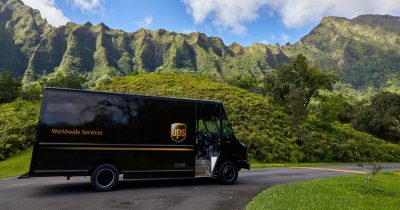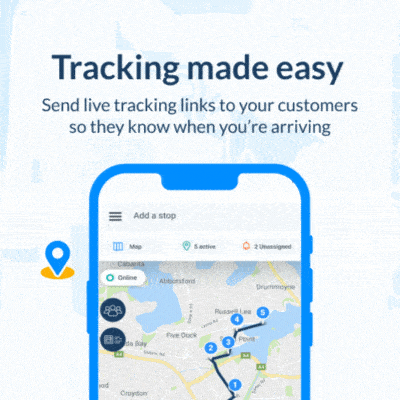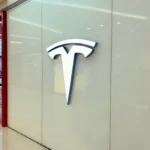FedEx and UPS are set to introduce delivery surcharges in 82 ZIP codes, primarily covering sections of major urban centers, Supply Chain Drive reports.
UPS has already started and FedEx is due to implement their fees next week. A new delivery area surcharge (DAS) will be implemented in select ZIP codes, affecting regions in Boston, Chicago, New York, Los Angeles (LA), and San Francisco.
Parcel carrier surcharges
Shippingwise Managing Director Nicholas Fanelli told Supply Chain Drive: “These surcharges are huge profit centers for carriers. It’s not surprising that they’re trying to find new opportunities to increase profits and margins when volume is down.”
Fanelli suggests that these surcharges could also serve as a financial strategy for the delivery companies to strengthen their profit margins, particularly in a market experiencing subdued demand.
Implementing delivery fees
In January, UPS released its fourth quarter of 2023 earnings. Its consolidated revenues reached $24.9 billion, marking a 7.8% decline from the same period in 2022. The consolidated operating profit stood at $2.5 billion, representing a 22.5% decrease from the previous year’s fourth quarter and a 27.1% reduction when adjusted.
The company will announce its 2024 first-quarter results on April 23.
Here are some reasons logistics providers may implement delivery charges:
- Fuel Costs: Fluctuations in fuel prices can significantly impact transportation costs. Surcharges help offset these variations.
- Remote or difficult-to-access areas: Delivering to remote or less accessible locations often requires extra resources and time. Surcharges can cover the additional costs.
- High-demand periods: During peak times, like the holiday season, delivery companies face increased demand, which leads to additional resources and labor. Surcharges help manage these seasonal spikes.
- Special handling needs: Parcels that are oversized, heavy, or require special handling or care can incur extra charges due to the additional resources needed for safe and effective delivery.
- Regulatory and compliance costs: Adhering to various regional, national, and international regulations can entail extra costs, which may be passed on to customers.
- Enhanced security measures: In certain regions or for specific types of cargo, enhanced security measures are necessary, adding to the cost of delivery.
- Economic conditions: Inflation, exchange rate fluctuations, and other economic factors can influence operating costs, leading to the imposition of surcharges to maintain profitability.
UPS’ delivery innovation
In February, Logistics giant UPS announced the launch of a weekend residential delivery service. This will bring Saturday deliveries to customers in major cities in Canada.
The company is not just innovating in terms of service but in terms of technology as well.
The company has initiated several technological improvements targeting certain physically demanding processes on employees. These processes will also ensure faster throughput.
Pick-up-and-place technology is being used to help staff sort small packages. Unloading technologies now help UPS employees unload easily and give customers better package care. In September, Locate2ureported the Federal Aviation Administration (FAA) approved UPS’ Flight Forward division and uAvionix Corp to allow drone operations beyond the visual line of sight (BVLOS).
About the author
Sharl is a qualified journalist. He has over 10 years’ experience in the media industry, including positions as an editor of a magazine and Business Editor of a daily newspaper. Sharl also has experience in logistics specifically operations, where he worked with global food aid organisations distributing food into Africa. Sharl enjoys writing business stories and human interest pieces.














